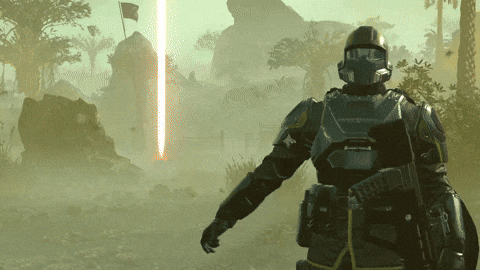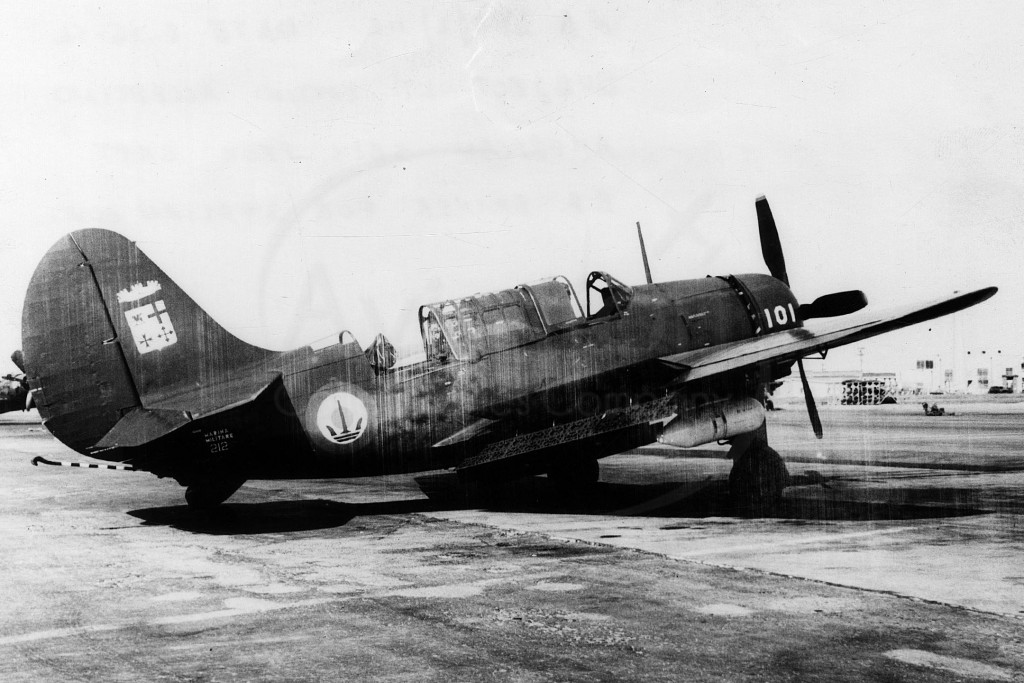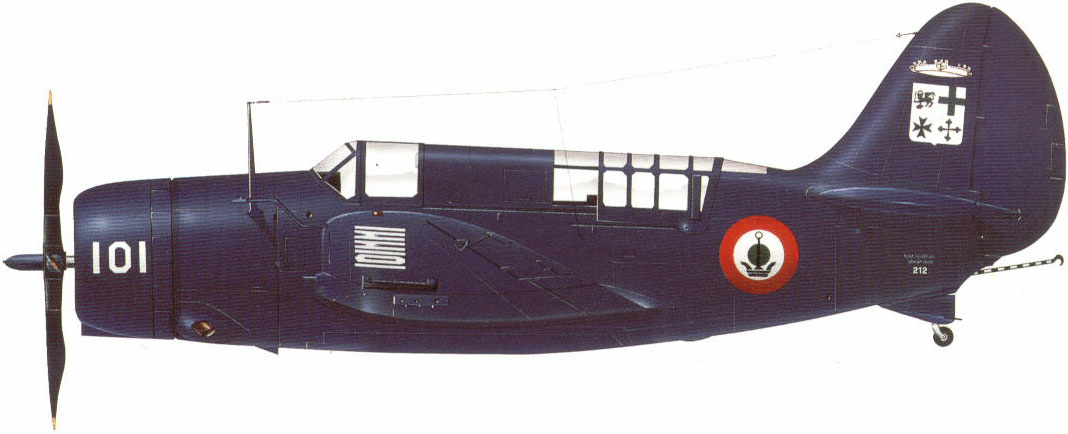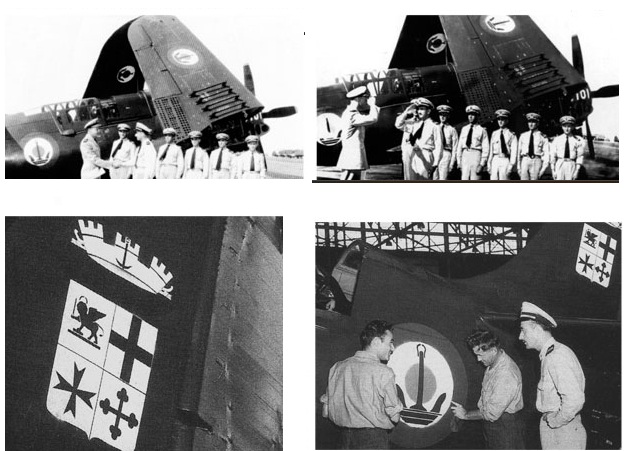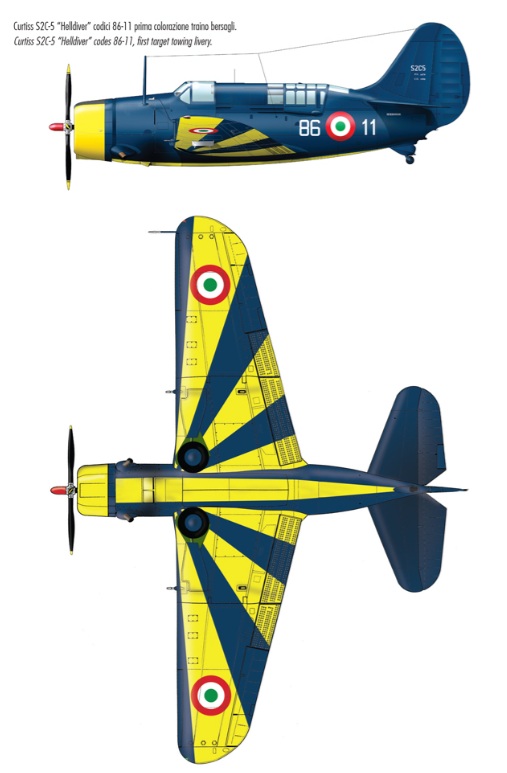- Yes
- No
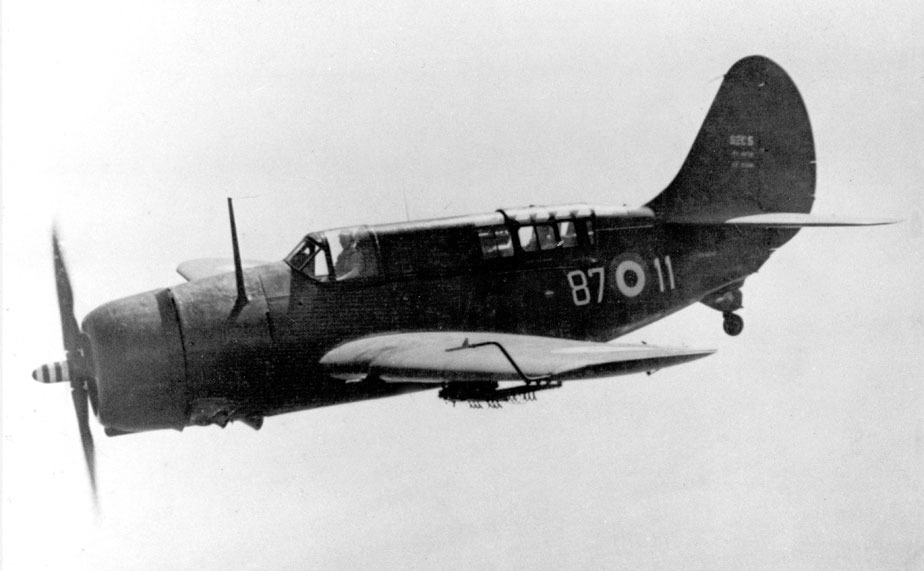
On April 4, 1949, Italy became one of the 12 founding members of NATO in Washington. This led to the U.S. providing Italy with military equipment under the MDAP (Military Defense Aid Program), aiming to standardize weapons among allied nations.
During WWII, Italy’s anti-submarine warfare (ASW) was primarily conducted using seaplanes like the Cant.Z.501, Cant.Z.506, and CMASA RS.14, differing greatly from U.S. methods, which employed carrier-based or land-based aircraft. The postwar delivery of Curtiss SB2C-5 Helldivers marked a shift for the Italian Air Force, introducing new operational methods, challenges in piloting, maintenance, and tactics.
Initially developed for the U.S. Navy in 1939, the Helldiver underwent significant improvements after a troubled start. These included more powerful engines, better flight control, heavier armament, radar systems, and dive brakes.
Postwar, Helldivers were distributed to France, Thailand, and Greece. In September 1950, 24 Helldivers arrived in Brindisi for the Italian Air Force. Due to the peace treaty, Italy couldn’t operate bombers, so the aircraft’s designation was shortened from “SB” to “S” (scout only). Pilots, mostly from fighter units, trained in Lecce under Col. Luigi Bianchi.
The 86th Autonomous ASW Group was established in December 1950 in Grottaglie under Capt. Vodret. Despite poor infrastructure and harsh conditions, the unit became operational. Initial incidents included crashes due to stall and mechanical failures. Vodret’s intense pace led to friction with command and his replacement by Lt. Col. Giuseppe Pelosi.
The unit initially had 22 Helldivers and 11 pilots. Maintenance of advanced radar and electronics proved difficult due to lack of experience. Nevertheless, the aircraft showed reliability, comfort, and effectiveness. In 1951, the 86th group began ASW exercises with the Navy, including simulated torpedo and dive-bombing attacks. The squadron flew missions abroad, including Malta and France, despite some operational accidents.
Throughout 1952, the group participated in multiple joint exercises with Italian, U.S., French, and British forces. New ASW techniques included radar searches and the use of hydrophone buoys. In March 1952, the 87th ASW Group was formed in Catania from the 164th Squadron with eight aircraft.
Despite infrastructure challenges in Catania, operations expanded. The 86th and 87th groups continued participating in international exercises such as “Bee-Hive,” “Italic 3,” “Champagne,” and “Long Step.” More Helldivers were added from U.S. stocks, though accidents continued to reduce the fleet.
By early 1953, the 87th began transitioning to twin-engine Lockheed PV-2 Harpoons. The Helldivers were gradually returned to the 86th Group. In August 1953, the last two Helldivers were delivered to Italy. Meanwhile, Italy’s Navy showed renewed interest in forming its own air wing, training with U.S. Navy units in Texas. However, legal conflicts due to a 1937 law assigning all military aircraft to the Air Force made the Helldiver transfer to the Navy unofficial.
Specification
- Crew: 2 (pilot and observer/“gunner”)
- Engine: Wright R-2600-20, 1900 hp at take off
- Empty weight: 4780 kg
- Max loaded weight: 7520 kg
- Max autonomy: km 1875
- Max speed: 475 km/h
- Max altitude: 8875 km
- Wingspan: 15.17 m
- Overall length: 11.18 m
- Overall height: 4.17 m
- Wing area: 39.20 m²
Armament
Offensive armament
- 2 x wing mounted 20 mm cannons
Suspended armament
- Up to 906 kg in internal bay and under the wings
Images
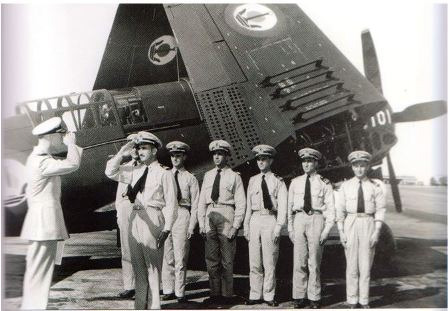
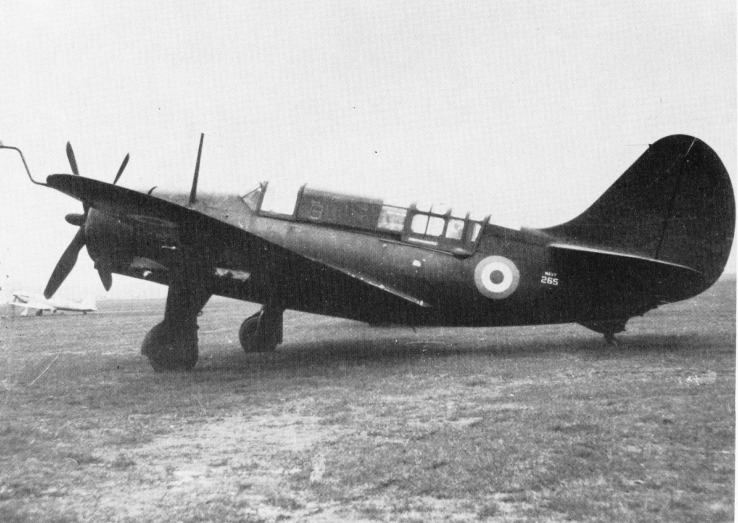
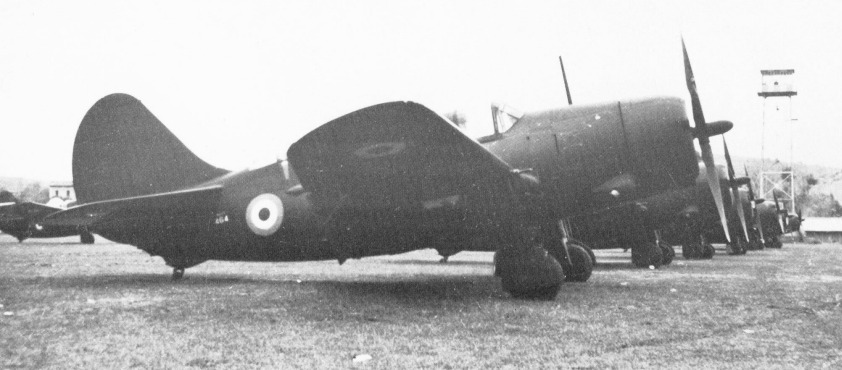

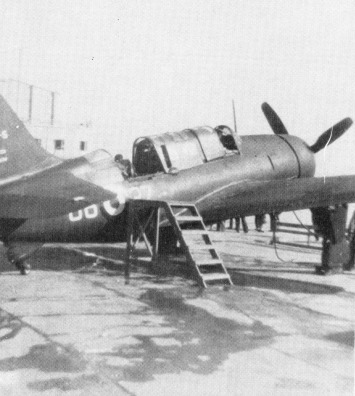
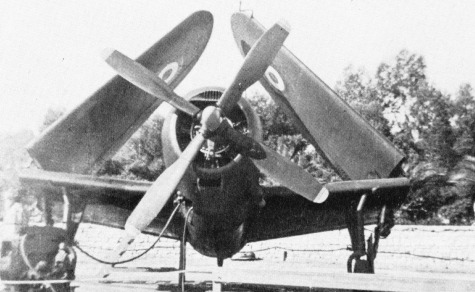
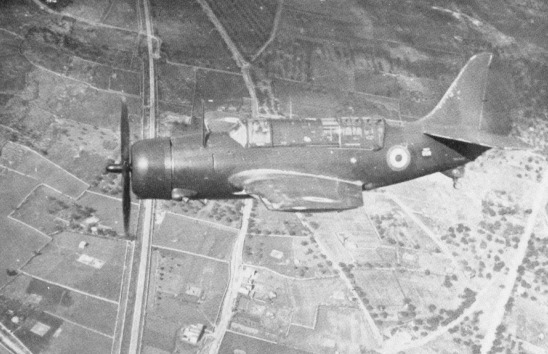
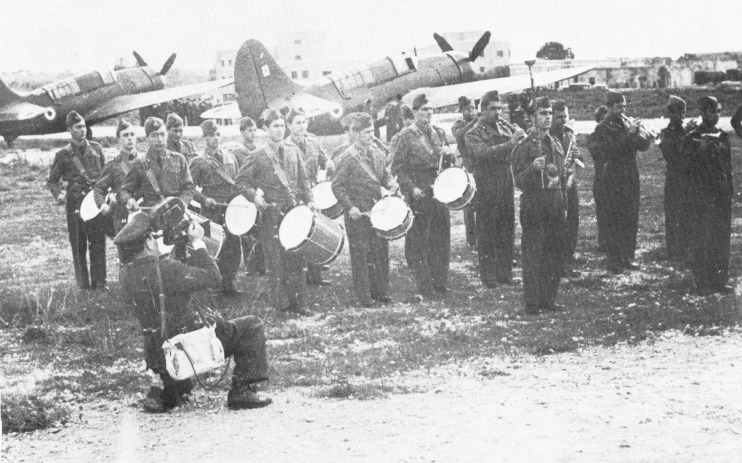
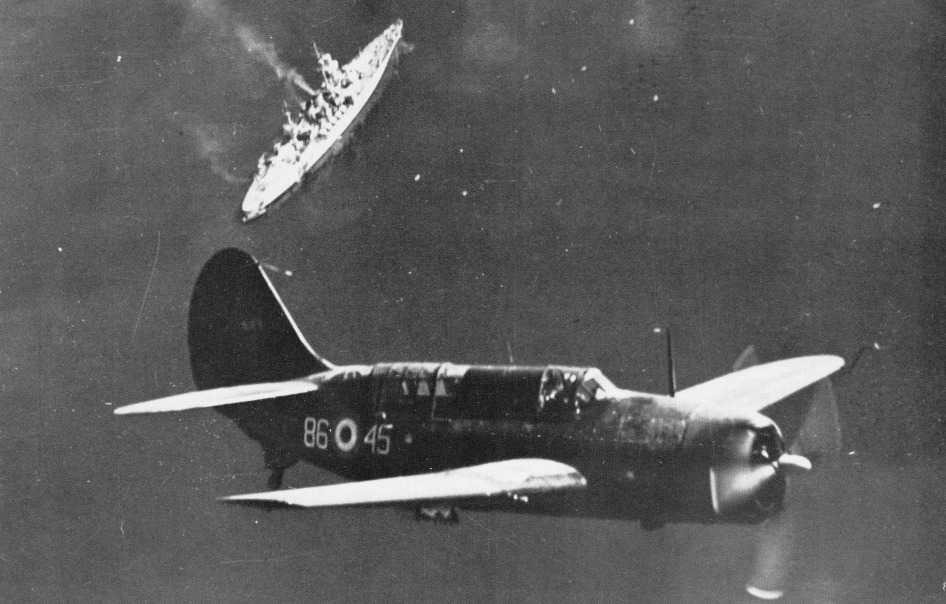

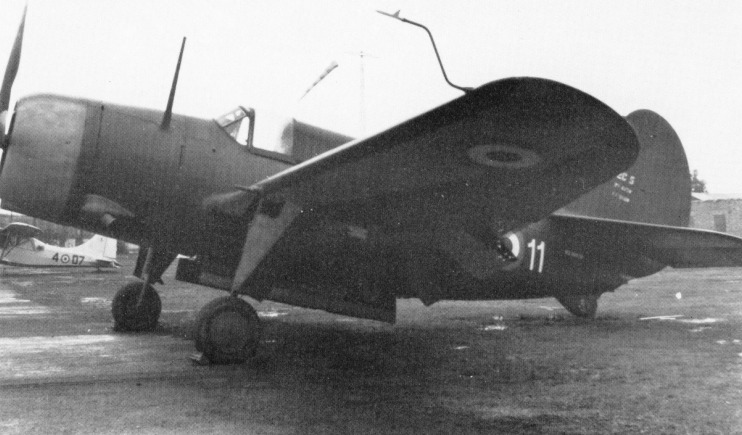

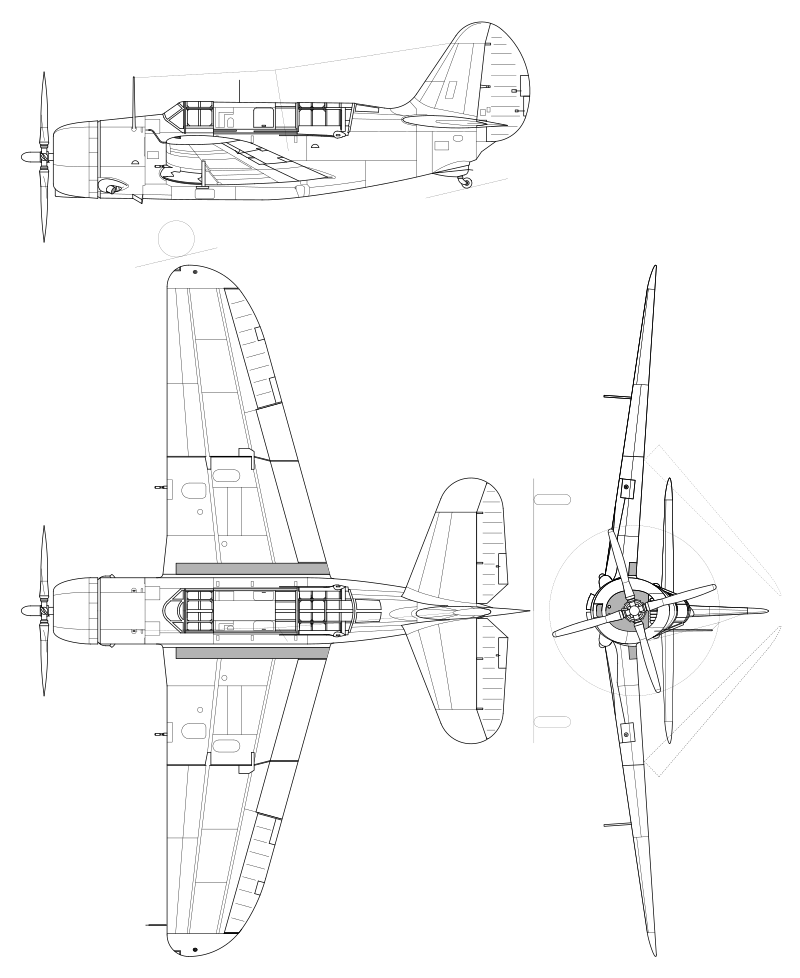
Sources
Curtiss S2C5 Helldiver, 86 Gruppo autonomo Antisom, Taranto-Grottaglie in scala 1/48
https://www.marina.difesa.it/noi-siamo-la-marina/pilastro-operativo/mezzi/mezzi-storici/Pagine/aviazione/curtiss29.aspx
https://www.aviastore.it/l-s2c-5-helldiver-in-servizio-con-laeronautica-militare/
<Dimensione Cielo - Antisom vol. 12>
